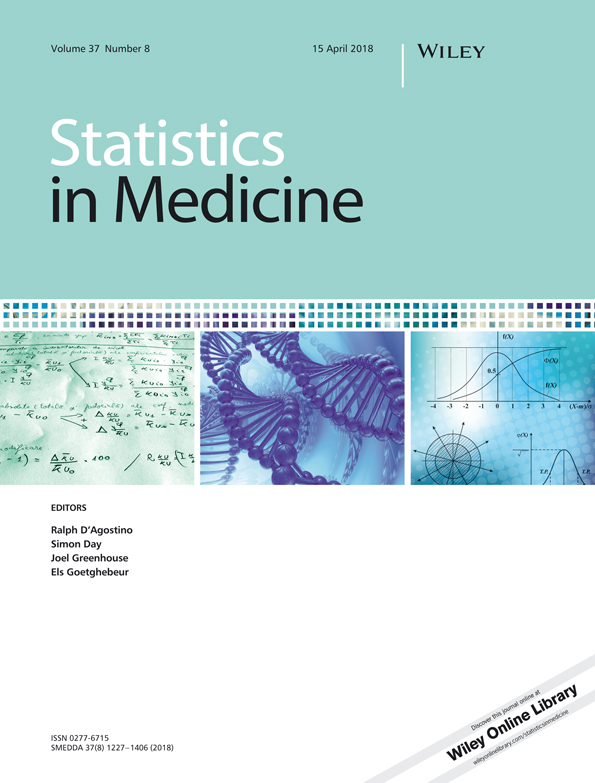Considerations for analysis of time-to-event outcomes measured with error: Bias and correction with SIMEX
Abstract
For time-to-event outcomes, a rich literature exists on the bias introduced by covariate measurement error in regression models, such as the Cox model, and methods of analysis to address this bias. By comparison, less attention has been given to understanding the impact or addressing errors in the failure time outcome. For many diseases, the timing of an event of interest (such as progression-free survival or time to AIDS progression) can be difficult to assess or reliant on self-report and therefore prone to measurement error. For linear models, it is well known that random errors in the outcome variable do not bias regression estimates. With nonlinear models, however, even random error or misclassification can introduce bias into estimated parameters. We compare the performance of 2 common regression models, the Cox and Weibull models, in the setting of measurement error in the failure time outcome. We introduce an extension of the SIMEX method to correct for bias in hazard ratio estimates from the Cox model and discuss other analysis options to address measurement error in the response. A formula to estimate the bias induced into the hazard ratio by classical measurement error in the event time for a log-linear survival model is presented. Detailed numerical studies are presented to examine the performance of the proposed SIMEX method under varying levels and parametric forms of the error in the outcome. We further illustrate the method with observational data on HIV outcomes from the Vanderbilt Comprehensive Care Clinic.




